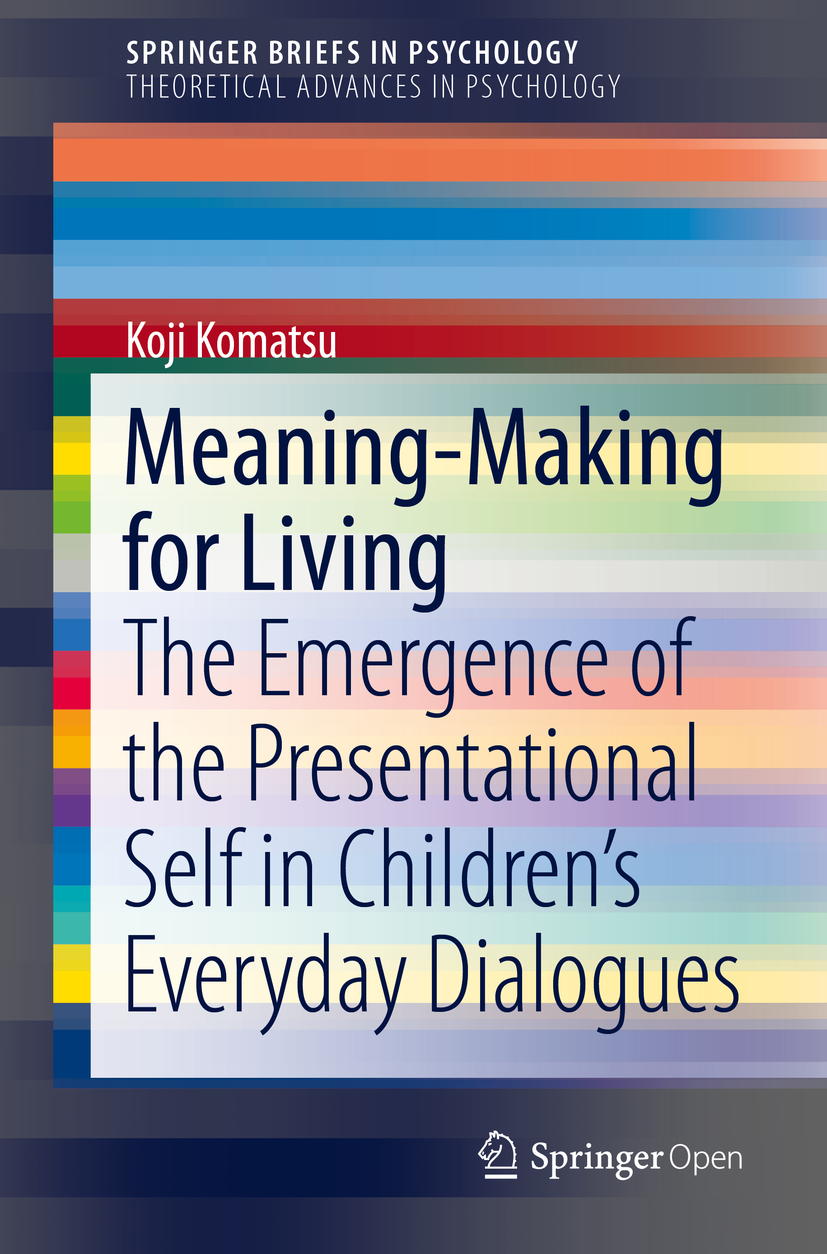Koji Komatsu
Faculty of Education, Osaka Kyoiku University, Kashiwara, Osaka, Japan
This book is an open access publication.

Open AccessThis book is licensed under the terms of the Creative Commons Attribution 4.0 International License (http://creativecommons.org/licenses/by/4.0/), which permits use, sharing, adaptation, distribution and reproduction in any medium or format, as long as you give appropriate credit to the original author(s) and the source, provide a link to the Creative Commons license and indicate if changes were made.
The images or other third party material in this book are included in the book's Creative Commons license, unless indicated otherwise in a credit line to the material. If material is not included in the book's Creative Commons license and your intended use is not permitted by statutory regulation or exceeds the permitted use, you will need to obtain permission directly from the copyright holder.
The use of general descriptive names, registered names, trademarks, service marks, etc. in this publication does not imply, even in the absence of a specific statement, that such names are exempt from the relevant protective laws and regulations and therefore free for general use.
The publisher, the authors, and the editors are safe to assume that the advice and information in this book are believed to be true and accurate at the date of publication. Neither the publisher nor the authors or the editors give a warranty, express or implied, with respect to the material contained herein or for any errors or omissions that may have been made. The publisher remains neutral with regard to jurisdictional claims in published maps and institutional affiliations.
This Springer imprint is published by the registered company Springer Nature Switzerland AG
The registered company address is: Gewerbestrasse 11, 6330 Cham, Switzerland
Series Editors Preface
Shall I compare thee to a summers day?
It could be said that William Shakespeare should be remembered as a prominent psychologist, as the beauty of his sonnets brings poetry into the realm of our investigation tools in human psychology. It is the affective subtlety of poetic tools that give promise for our scientific investigations. The theory of Presentational Self outlined in this book has everything to do with poetryeven if there is no direct poetry in the meticulous coverage of everyday interaction events that Koji Komatsu presents. Yet I would claim that poetic expression is the ultimate example of the Presentational Selfsomething in the poets current relation with the ambience triggers, and that something bursts out from the interior infinities of the person into the interpersonal realm of a poem, a song, a dance, or a painting. The roots of such outbursts are in the person <><> environment continuous, relating within the flow of experience. So also are its outcomes.
Poetry is returning to the science of cultural psychology in the twenty-first century in powerful ways. It becomes the root for new methodology (Lehmann et al. 2017) as well as becomes discerned in the researchers efforts to make sense of deep experiences in human lives (Lehmann and Valsiner 2017). Yet poetry is mysteriousthe identity of the thee in Shakespeares sonnet is never revealed. It remains invisibleyet its invisibility provides guidance for the affective adventure to experience the sonnet. The affective field evoked in the reader of the sonnet emerges and proliferates as the description of the summers day continues. We realize that this description is not of a real summer day, but of the interior feelings of the author whose readers have resonated with the sentiment over the past four centuries. The poets feelings become expressed as relations with the Other (the thee)the Self is aliminal organizational formon the pathway from the internal infinity of the person toward the external infinity of the environment. In that locationin betweenthe Presentational Self as outlined in this book has a parallel with the notion of Educational Self (Marsico and Tateo 2018). The latter starts from the institutional forms meant to create tensions on the border of the person <><> environment system. The former begins from the simplest acts of reflecting upon the worldlisting which peers are in the same play as the child or reporting ones experiences traversing through the world. The Presentational Self is active all the time and everywhere.
Koji Komatsu is not a poet but a meticulous observer of events in everyday life, looking foremost at the processes of relating between parents and children. Seemingly nothing interesting happens therea parent questions the child about the mundane school day or schoolchildren write about events of various kinds. There are periodic reunions of families, school groups, and so on. Life seems ordinaryyet Komatsu brings us to appreciate the extraordinary in the ordinary world. In these repetitive acts triggered by the Other, one can observe the externalization from the interior of thepsyche, taking the form of a generalized kind on the border with theUmwelt. The notion of the Self is set up in the peripheral arenain-betweenthe person and the environment. This theoretical innovation is perfectly legitimateyet it is in dire contradiction with the common language notion of self as something internally hidden within a person. Common sense guides us to locate the self somewhere in the interior of the human psyche. Finding it on the border is counterintuitive, yet for theoretical progress inevitable. Why?
It is theopen systemicfeature of all human existencecomplete dependence of our lives upon exchange relationships with our environmentsthat locates important phenomena of human living in the peripheryon the border. It is here where the presentation happens: the person tells others with whom one did something together, saw in some setting, or experienced at some time somewhere. All folkloric transfer of non-written myth stories of a society from one generation to the next is based on such presentation processes. In such settings, both the story teller and the listeners are building up their own ways of relating to the world. Presentational Self is the generalized system of the production of signs that organizes the ongoing social relation with the environment in relation with other human beings, acting as a tool for development of the meaning-making system of the person. It is aBildung













